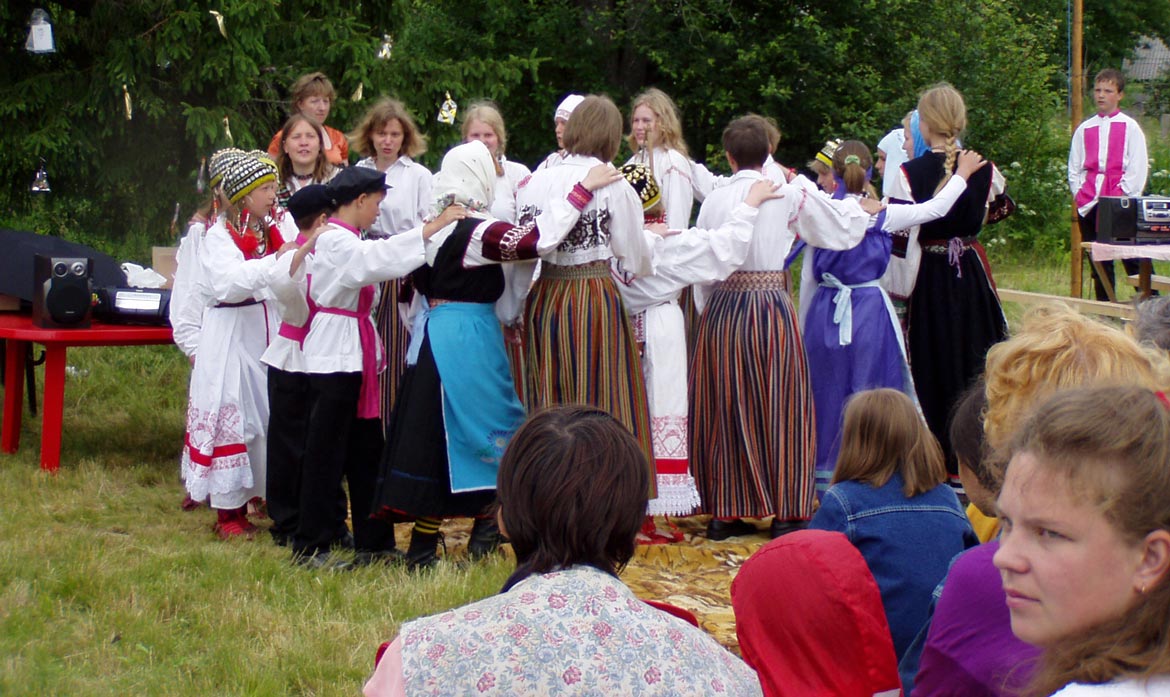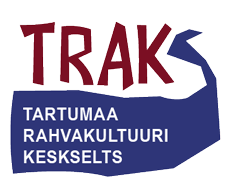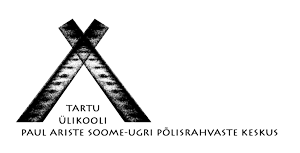Tehkää üksi ümbärikko
(Dance Song)
Meel Valk and choir
In Ingrian
Tehkää üksi ümbärikko, ümbärikko,
karavoodi kainokkaine!
Kuim miä kazvelin, kanaine,
noizin, nuori neiokkaine
viijen vellon(i) vierüvessä,
kuuven (i) vellon kukkaizenna,
seitsemän sizon ilonna,
kaheksan mińńon nadonna.
Vellot sirgudit sizoksi,
vellon naizuived naoksi,
vellon tüttäret tädiksi.
Isüt(ü) kutsui kullakseni,
emüt ehtoi lapsekseni,
ei last vettä ottamaha
kaivosta külän taganda,
ojalda külän otsalda.
Kaig oli kaivot kuivannehed,
ojan pohjad untunnehed,
meri oli kuivant kuutta süldä,
Lauvvaz lainetta vähendä.
In English
Let’s gather in a circle,
A fine line of singers.
When I was growing up, dear hen,
Rising tall, dear young maiden,
Side by side with five brothers,
A blossom of six brothers,
To the joy of seven sisters,
Sister-in-law to eight daughter-in-laws.
Brothers flattered me, called me sister,
Brothers’ wives their sister-in-law,
Brothers’ daughters their aunt.
Dear father called me his precious,
Dear mother her child,
Wouldn’t let me bring water
From the well beyond the village,
From the stream near the village.
All the wells had dried,
The stream beds had become muddy,
The sea had dried six fathoms,
The Lauga River* had less waves.
* The Luga River.
The initial formula Tehkää üksi ümbärikko (‘Let’s gather in a circle’), summoning people to dance in a circle, is followed by an image of maidenhood in paternal home, where the birth family nurtured the maiden and did all the chores for her.
Valpuri Vohta has called the song a wedding song—as the happy life in childhood home is one of the main themes in wedding songs. The song was sung at weddings while dancing in a circle, which was a common way to perform many other wedding songs. Oudekki Figurova, who has performed the Votian variant of the same song Kui miä kazvõlin, kanainõ (’When I was growing up, dear hen’), has described her dancing in a circle while singing this song.
In Ingrian, ymbärikko is a general word for a circle, and a dance circle may be also called karavood or karavana. The dancers may step “frequently”, that is at every note, or at walking pace. The lead singer may be inside the circle, but also part of it. People danced alone or in pairs, holding each other’s hands, shoulders or scarf. The free hand(s) was/were moved and waved above the head, sometimes waving an apron or a handkerchief. Dancers moved vigorously, kicking feet, twirling, jumping in squats, and the rhythm was accentuated with stumping feet, fingersnaps or clapping hands, dancers shouting along to the rhythm, crying “like wolves“, as one folklore collector has put it.
T M Valpuri Vohta, Kalliviere, ja koor (Lauri ja Aili Laiho-Simonsuuri 1937, ERA, Pl 114 B1).

Folk groups Väike Hellero and Linnut performing on Luuditsa (Luzhitsy) village festival. Photo: M. Arukask, 2004 (from the personal collection of Madis Arukask).





